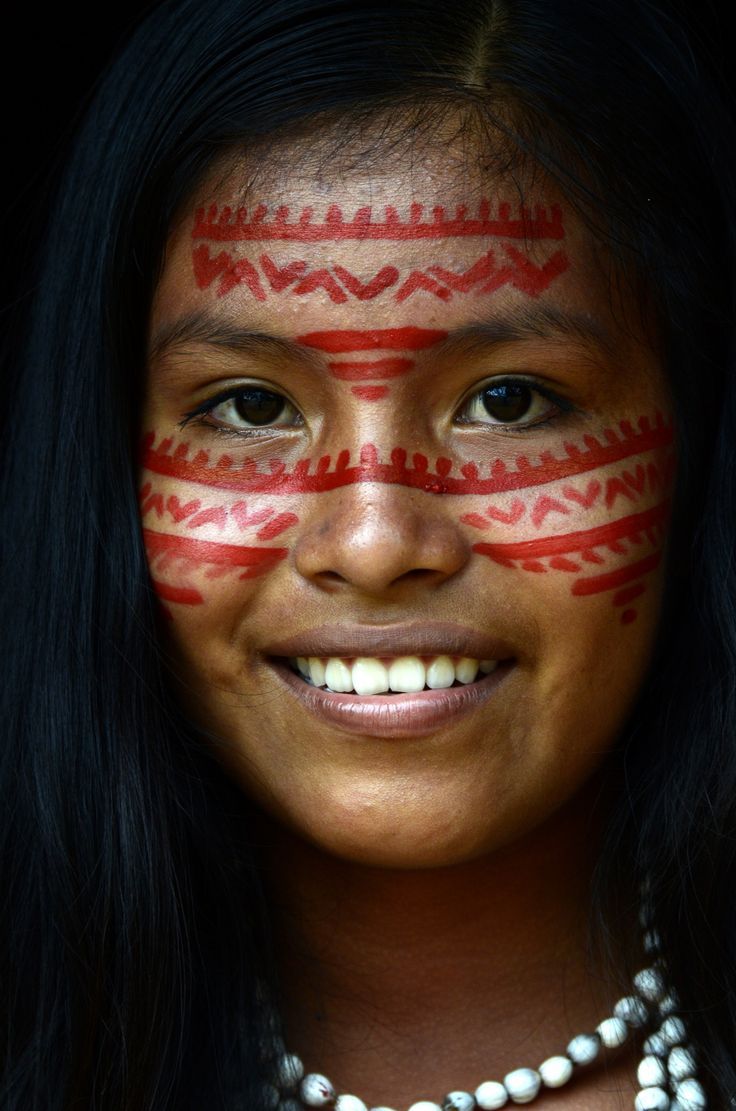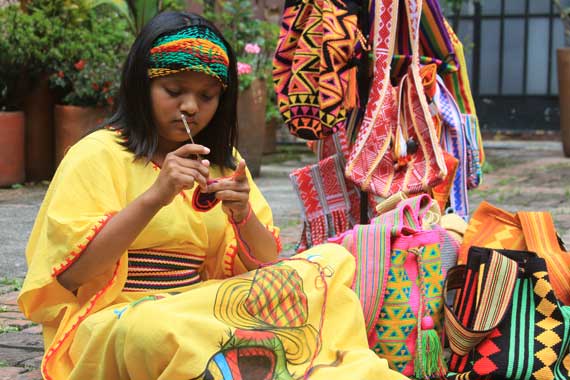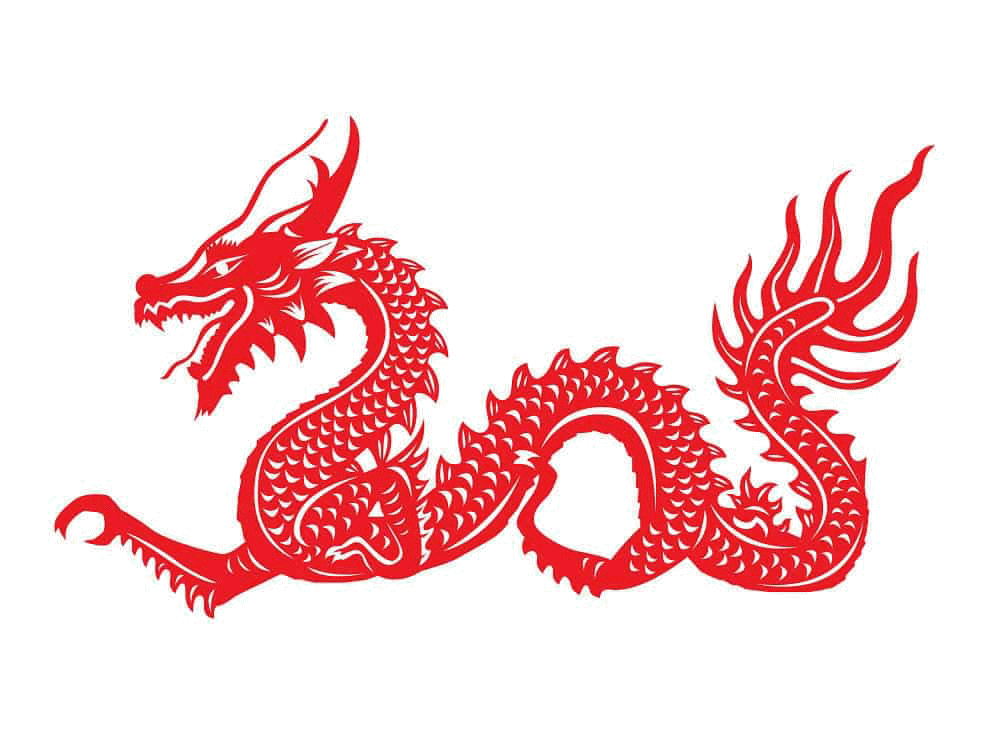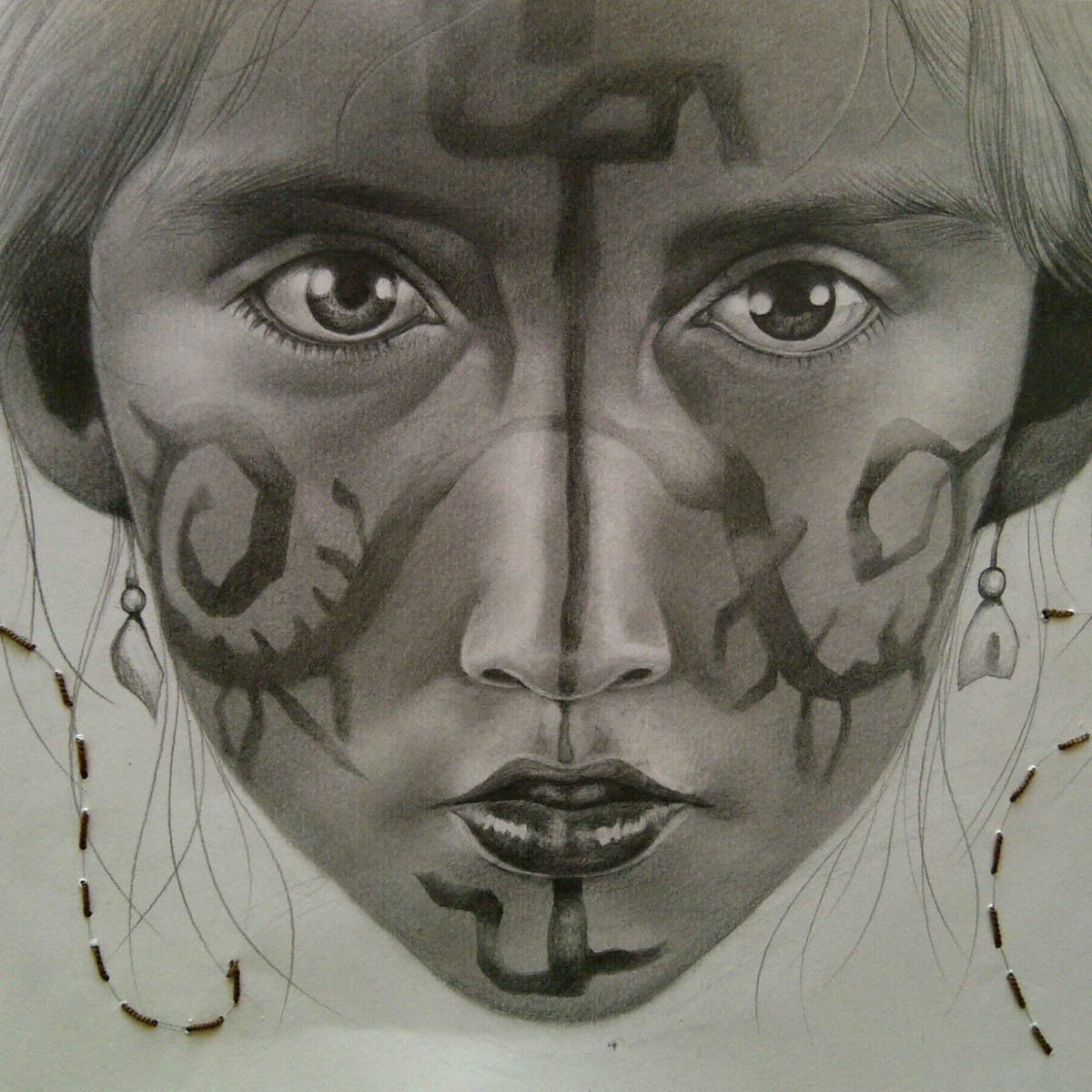Wayuu Mythology ad Gods-Spirits
Framed by a rich mythology based on different animal species, Wayúu symbols identify each of its clans, and even define their territorial scopes.
Usually within this culture, totems determine the breed to which each family belongs, in these figures Wayúu symbols of an animal are represented, referring to the nationality of the clan or eirruku.
The identity of the Wayúu is also linked, both with consanguineous and territorial elements, that is, their blood relatives, their community and their cemetery. Precisely, from childhood they know where they come from, who their ancestors were, where they will be buried, what animal represents them and what their caste condition is; something that constitutes the fundamental base of his social organization, where the mother has a unique importance.
Now, the way the Wayúu express these symbols in speech is through words that manifest their ancestral origin, such as, for example, ipasajushi taya, refers to I am on top of the stone; or by the clan's own name, like karikare taya, whose meaning is, I am karikare, which has a certain characteristic implied.
Wayúu culture is organized in approximately 30 clans, with an established agreement, where each group is governed by one or more codes, belonging to a system of symbols related to animals such as mammals, birds, reptiles or insects and additionally, determine an ancestor, Common myth and a social condition.
Accordingly, the Wayúu symbols of the members of the Uliana ralea are associated with the lion, the cat and the rabbit, their condition being those of stealthy steps; on the other hand, the Pushaina clan being related to ants and wild pigs, their status is the hurtful ones or the ones with burning blood. On the other hand, the Urayuu group is linked to the snake or rattle, referring to those of feathered bravery; while, to the Epaniyuu the deer corresponds, representing those who hit hard on the roads.
According to legend, these symbols were delivered to the Wayúu by the bird Utta, who sculpted them in the Aalasü stone, in Siapana. Likewise, They are used to mark the cattle, to tattoo the skin or to shape them in objects such as ceramics.
Wayúu symbols are also a reflection of the resistance of this ethnic group, who despite adopting elements from other cultures, in the present times, continue to preserve them as a distinctively indigenous element.
Wayuu Gods and Spirits
- Maleiwa, is the creator god of the Wayúu.
- Pulowi, represents the goddess of drought and winds, associated with the generation of life.
- Huyá, Pulowi's husband, is a wandering deity that hunts and kills.
- Wanülü, manifests the evil of disease or death.
- Palanakai, figure as the god of the sea.
-Source: Cultura10
-Translation: Wayuu Planet






